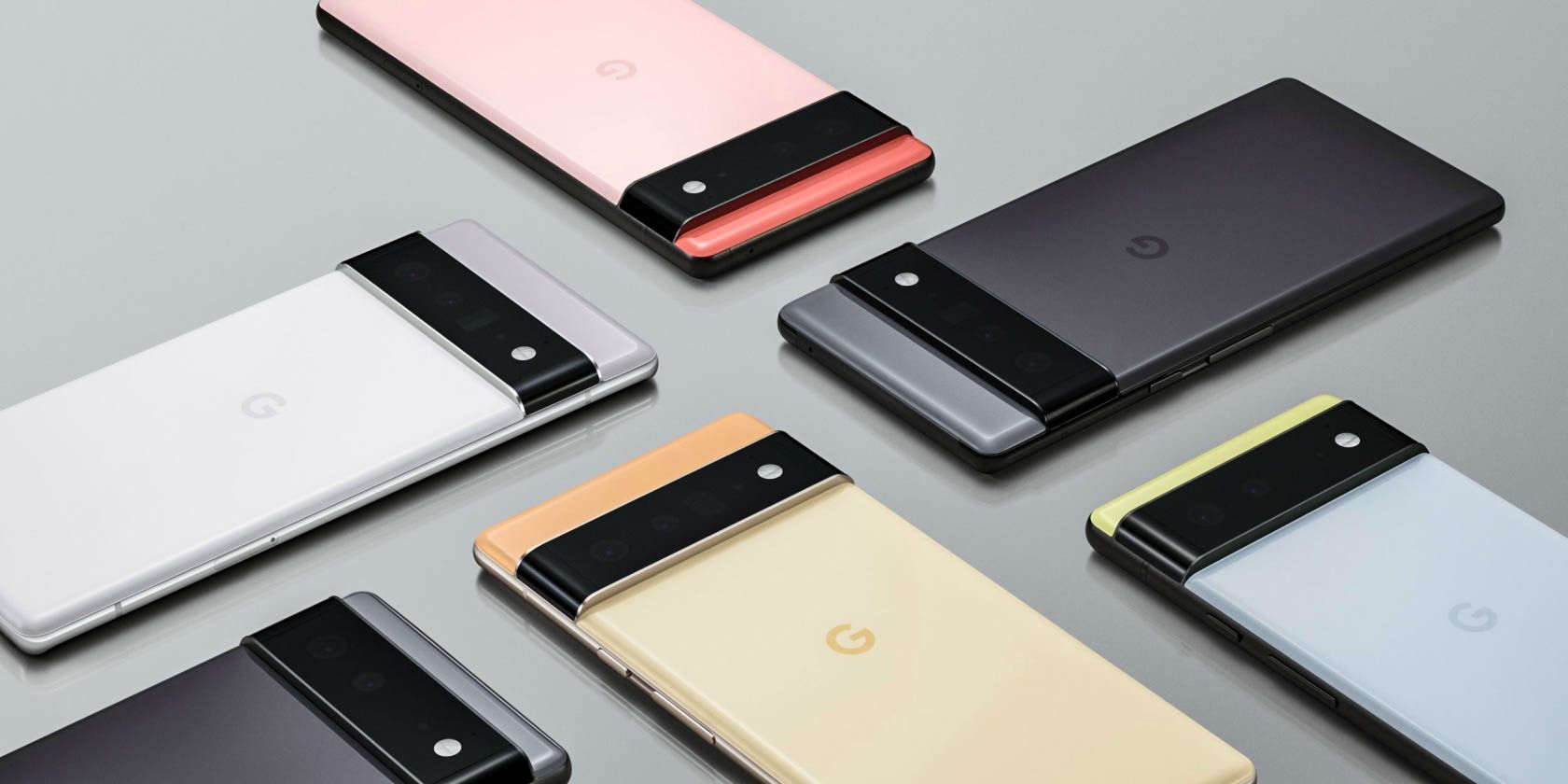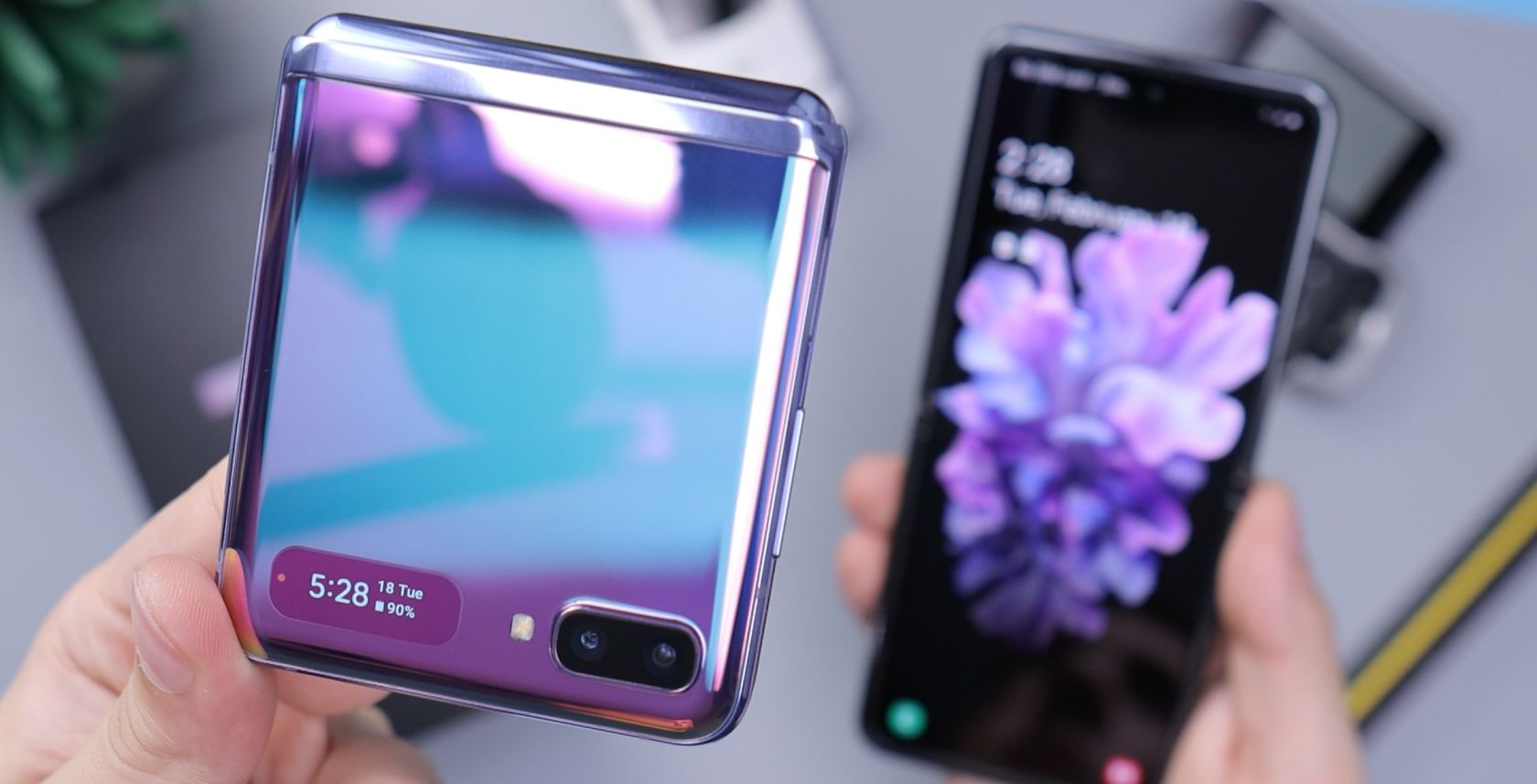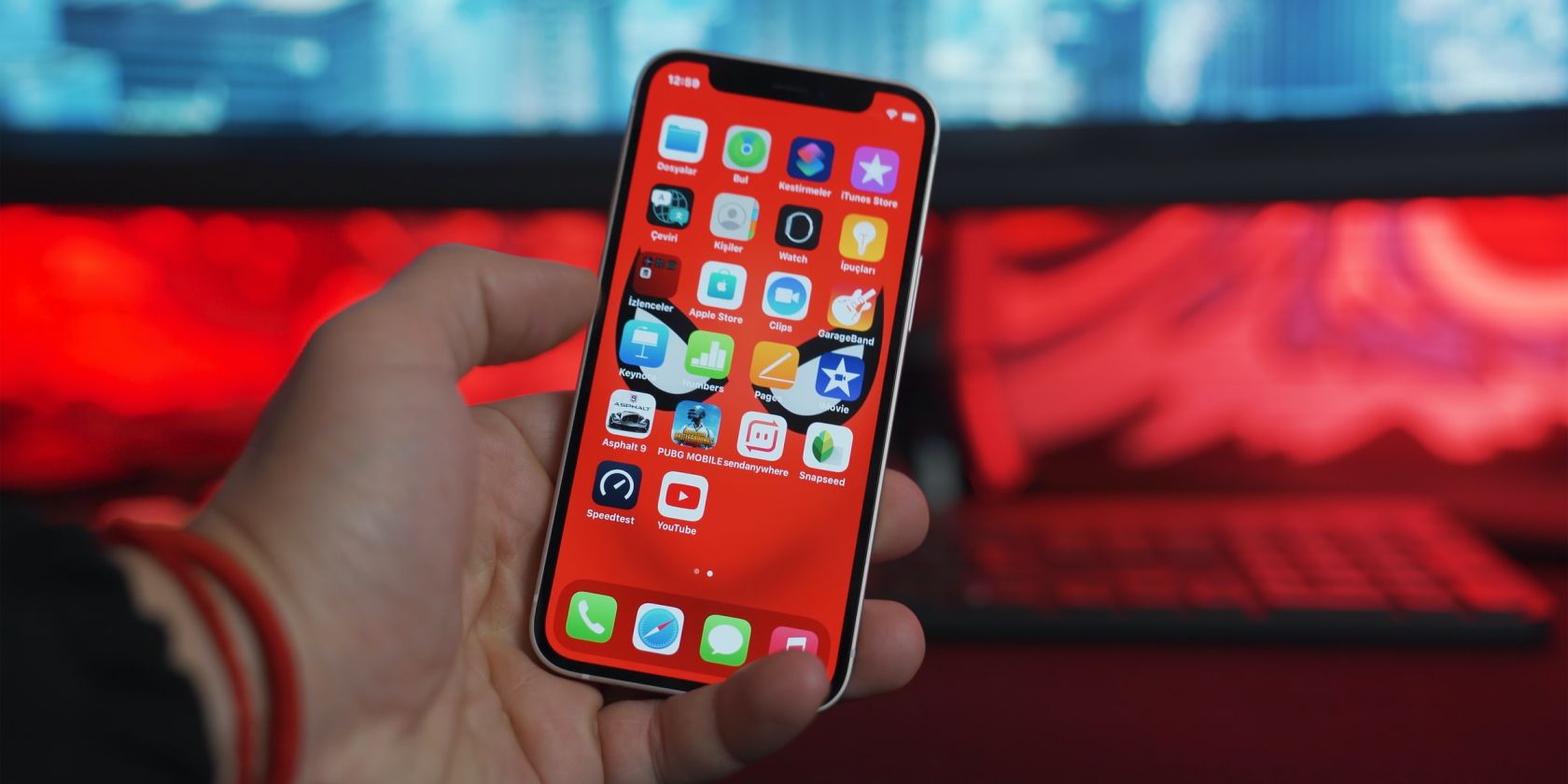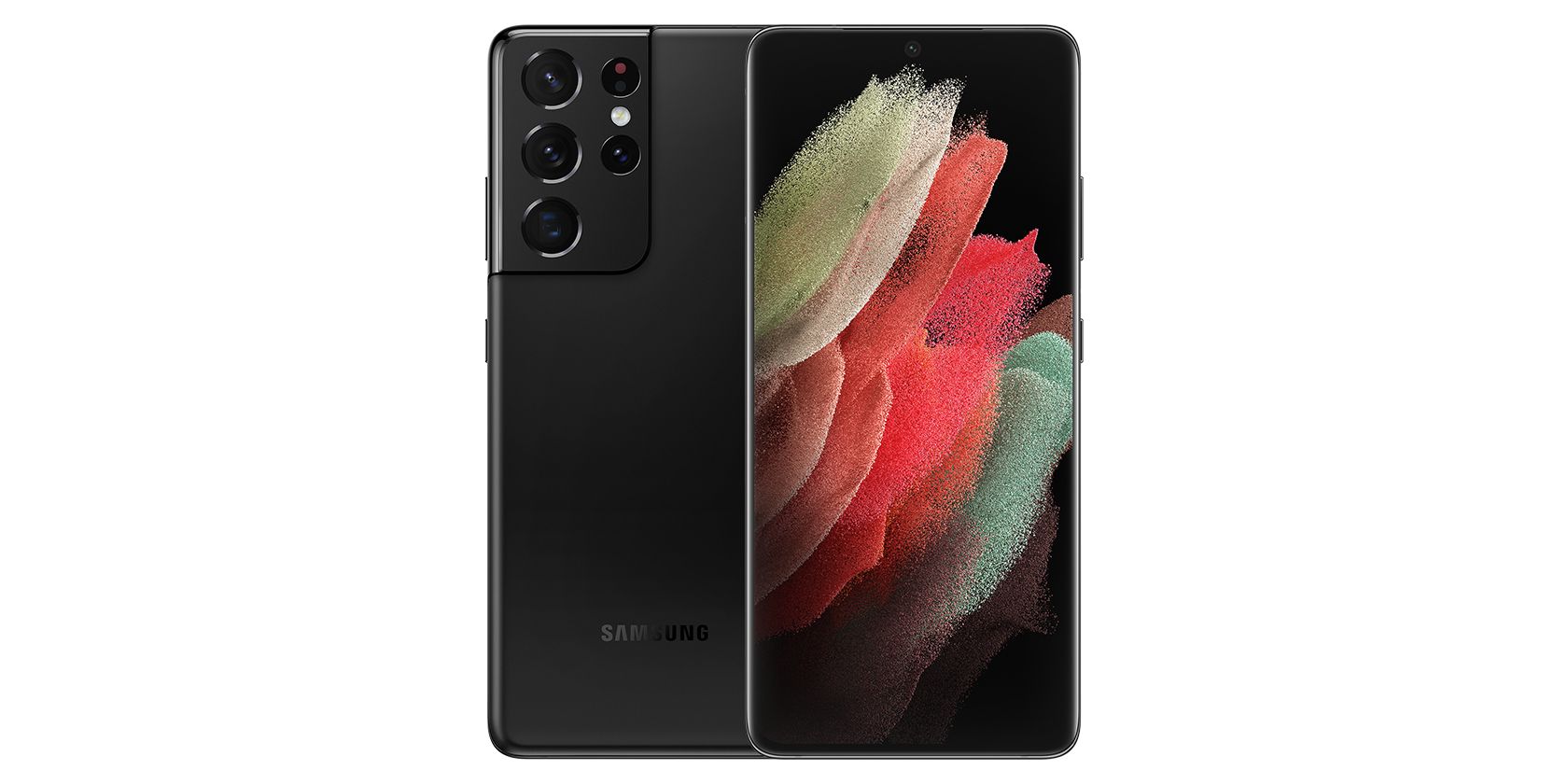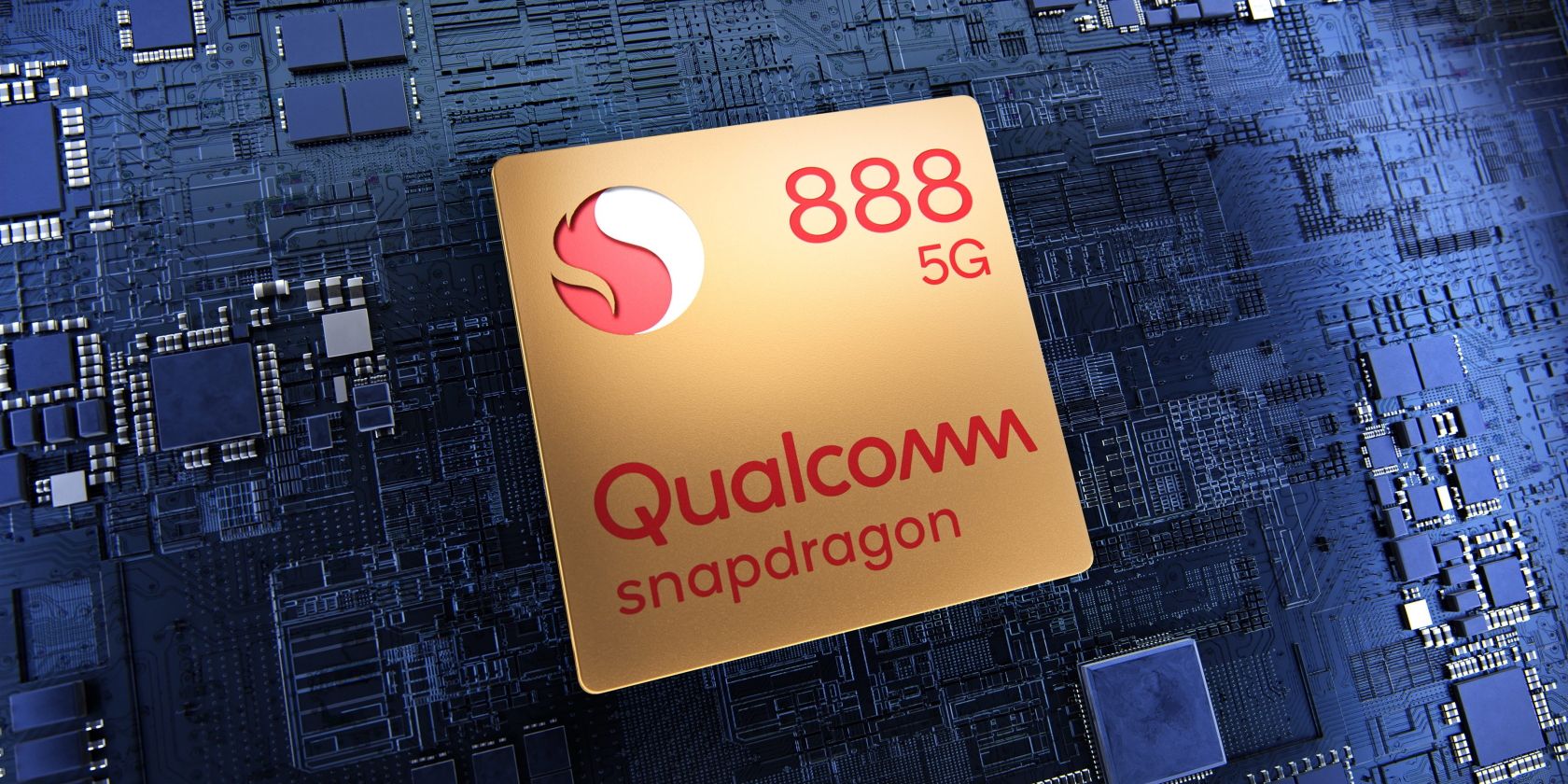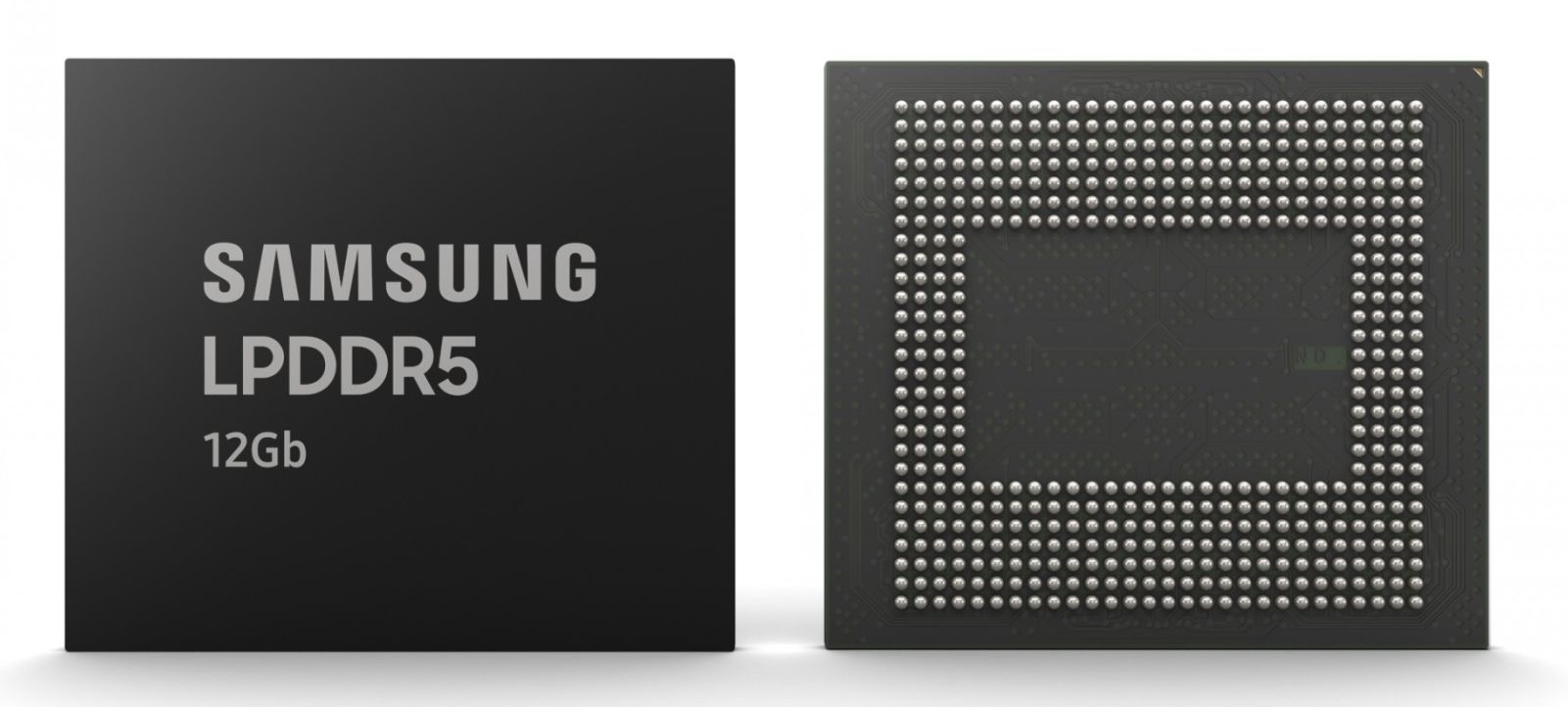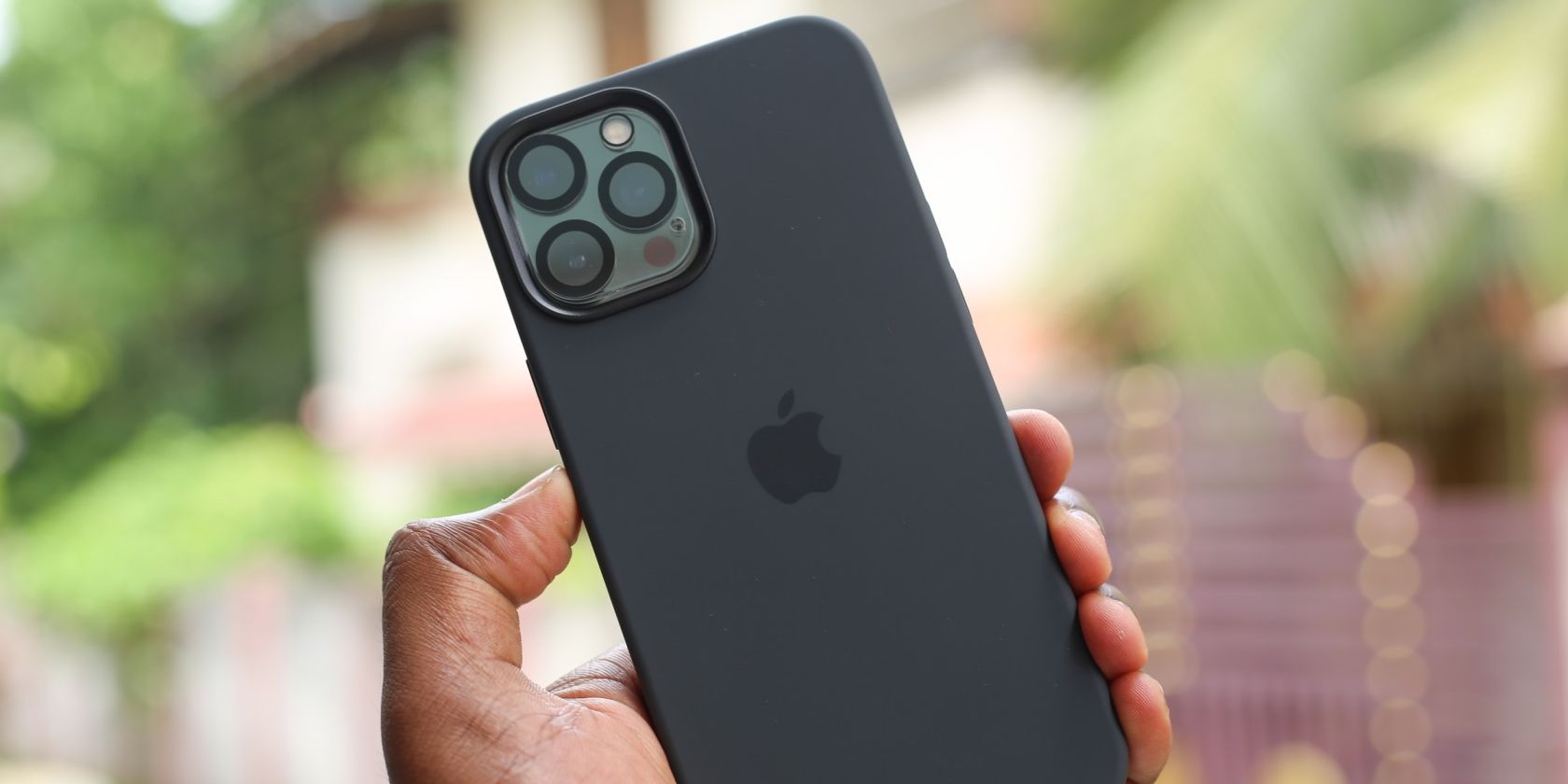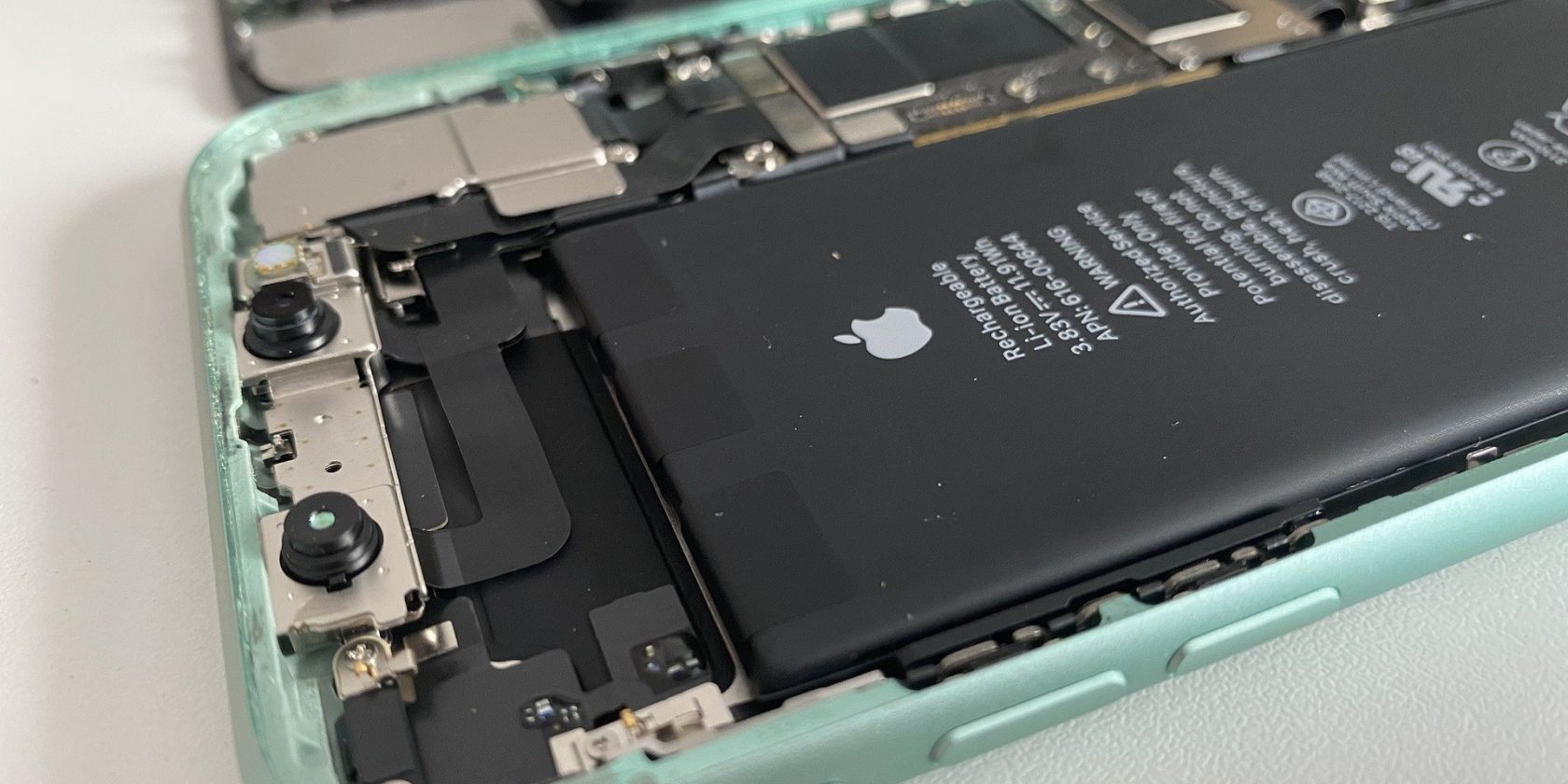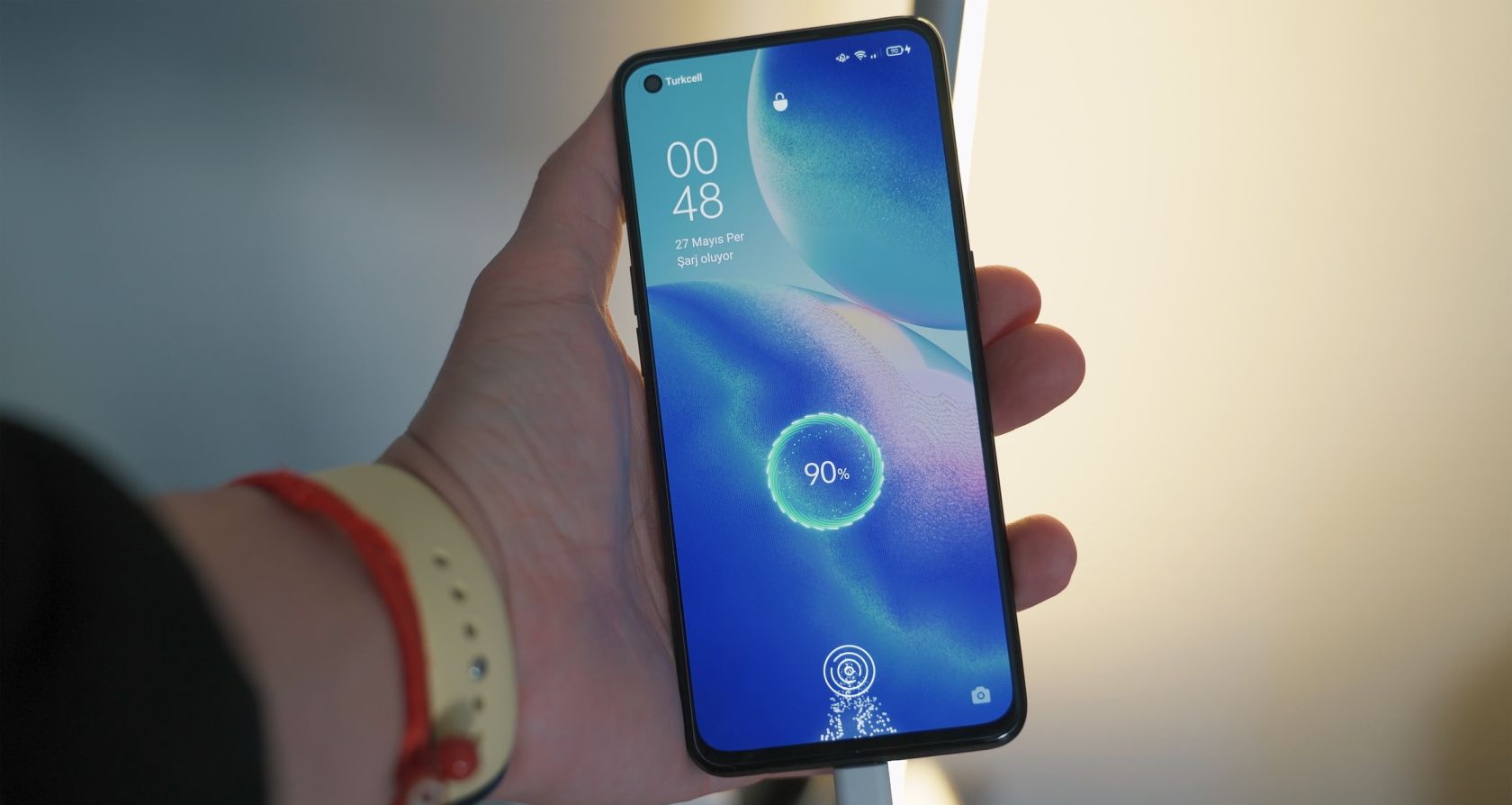New smartphones come out each year, and if you aren't an avid Apple user, it can be tough to decide on one. Thanks to companies like Google, Samsung, Sony, OnePlus, and others, you have an overwhelming number of options.
If you're in the market for a high-end smartphone today, you'll need to make sure it meets specific criteria in the hardware department. However, if you aren't an enthusiast, you may have trouble figuring out what's best for you. To make this easier, we'll help you with the top 8 features you must look for in a high-end smartphone.
1. Design and Build Quality
When you decide to spend over a grand on a high-end smartphone, you should make zero compromises on its design and build quality. It should have a bezel-less display with a hole-punch camera cutout or minimal notch for current standards. A pop-out camera is perfectly acceptable too.
In terms of build quality, you should see no signs of plastic on the smartphone. It should feature an all-metal design or a combination of metal and glass to get that ultra-premium feel. When you hold it in your hand, you should feel like you own a flagship smartphone.
2. High-Resolution OLED Display
OLED or AMOLED displays have been a part of high-end smartphones for years now. However, some manufacturers still resort to an IPS screens to cut costs, which is a huge red flag. At a price point upwards of $1000, you should not opt for anything other than an AMOLED display. These displays deliver the deepest blacks and the punchiest colors to give you the best content viewing experience.
Besides the OLED panel, the resolution of the display matters too. Do not settle for a smartphone that offers a Full HD+ (1080p) screen. High-end smartphones feature QHD displays (1440p) at the very least. Even the iPhone 12's display has a much higher pixel density than Full HD+ screens.
2. High Refresh Rate Screen
High refresh rate displays are all the rage right now. If you're planning to buy a high-end Android smartphone this year, don't settle for anything less than a 120Hz display. And if you're looking at the iPhones, don't get the iPhone 12 Pro which features a 60Hz screen. Instead, keep an eye out for the models with 120Hz panels.
If you currently have a smartphone with a 60Hz display, you will immediately notice the jump to 120Hz as you scroll around and navigate through the menu. Of course, the difference will be subtle if you're upgrading from a model with a 90Hz screen, but it will still be noticeable nonetheless.
4. Top-of-the-Line Processor
A powerful processor is crucial for a high-end smartphone, whether it's an iPhone or an Android. Your smartphone needs a processor that can handle any task you throw at it for the next couple of years. Depending on the smartphone you intend to buy, the processor you need to set your eyes on will vary.
Having said that, flagship Android smartphones currently use the Qualcomm Snapdragon 888 processor with 5G support. Other companies also make their own custom chips, like the Google Tensor SoC. So, keep its Snapdragon 888's performance as a benchmark, but don't always expect to find that chip. Also, if you're inclining towards an iPhone, the Apple A14 Bionic chip should be a powerhouse for the foreseeable future.
5. RAM for Multitasking
Your next smartphone should handle multitasking without breaking a sweat for at least a couple of years. If you're in the market for a flagship Android device, it should have no less than 12GB of RAM. You could get away with 8GB of RAM, but 12GB is the sweet spot if you plan to use it for a long time.
On the other hand, iPhones don't need massive amounts of RAM, thanks to how iOS optimizes hardware resources. If you're a power user, make sure your next iPhone has at least 6GB of RAM so that you don't have to worry about long-term performance.
6. Advanced Camera Hardware
A high-end flagship smartphone should have a killer camera setup that few other phones can match. Thanks to computational photography and multiple lens setups, smartphones are now closer to professional cameras in terms of quality than ever before. We've reached the point that most of us know megapixels don't matter much anymore.
For current standards, you'll need a smartphone with a multiple-camera setup that's versatile for different kinds of shots and situations. For example, an additional telephoto lens and ultra-wide-angle lens would be really nice to have on top of the main sensor. Telephoto lenses are great to get that DSLR-like bokeh effect, whereas ultra-wide lenses allow you to expand the field of view in your shots.
Your next smartphone should do an excellent job at night photography as well. Try to test this by taking a couple of pictures in low light when you're at the store. If you see a lot of noise in those shots, avoid it at all costs.
7. Maximum Battery Capacity
Your smartphone's battery capacity will greatly determine how long it lasts on a single charge. Generally speaking, the bigger the battery, the better. However, Android and iOS manage your hardware resources differently, and apps are optimized better for iPhones.
If you have your eyes set on an Android device, make sure it has at least a 4000 mAh battery. And if it has a 120Hz screen, aim for 4500 mAh instead.
You don't typically need these massive battery requirements for iPhones, but a 3600 mAh unit is decent for the bigger Pro Max models. Going for the smaller iPhone instead? Make sure it packs a 3000 mAh battery at the bare minimum so that it lasts all day.
8. In-Display Fingerprint Scanner
This one's specific to Android smartphones as none of the iPhones have an in-display fingerprint scanner just yet. Plus, it's a great alternative to Android's Face Unlock since it's not as secure or accurate as Apple's Face ID.
Some Android smartphones like the Google Pixel 5 still use rear-mounted fingerprint sensors, but we need to move past that. If you're in the market for a flagship smartphone today, you need to make sure it has an in-display fingerprint scanner instead. The ultrasonic sensor on the Samsung Galaxy S21 Ultra and the optical sensor on the OnePlus 9 Pro are good examples of this implementation.
Flagship Traits You Cannot Miss On Your Next Smartphone
A high-end smartphone cannot miss any of the features we listed above, with some exceptions. Yes, we were fairly lenient with the iPhones in the performance and battery departments because of Apple's software wizardry. Besides that, you should make absolutely no compromises when you spend more than $1000 on a smartphone today. After all, that's the whole point of a flagship, isn't it?
Image Credit: Google

